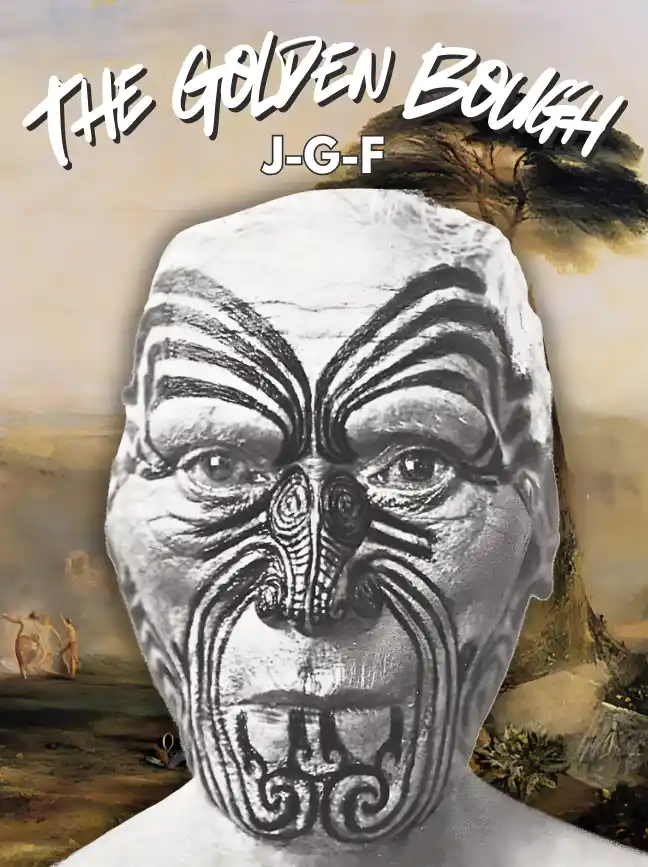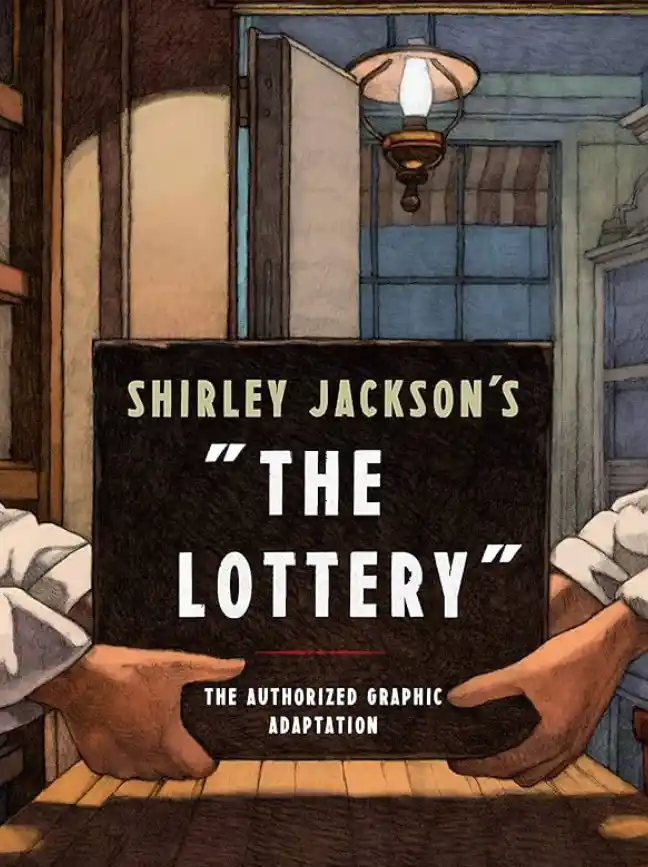NOTE ON THE TEXT
The Golden Bough is one of the hothouse plants of the Victorian age.
Frazer’s friend, the poet and classicist A. E. Housman, once compared it to a banyan tree. In any case, it grew and grew and grew. The first edition of 1890 had two volumes, the second of 1900 three. The third, written between 1906 and 1915, occupies a decent-sized shelf, possessing twelve volumes if one includes the index, to all of which in 1936, towards the end of his long life, Frazer added a supplement, bringing the whole to the inauspicious number of thirteen.
It was clearly unreasonable to expect the general reading public, for whom the book was originally intended, to read in its entirety what had by then become a reference work of considerable proportions. At some time or another, if the book were to retain its widepread appeal, pruning of a fairly drastic sort was going to be necessary. Accordingly, in April 1922, Lady Frazer sat down in the Albermarle Club, Mayfair, to make a one-volume abridgement. On the second of the month she wrote to Macmillan:
Thankyou for sending me the whole GB sheets. I began same night at my Club where I often stay in the afternoons. So far the task has been easy and I am through, roughly speaking, Vol 1. On the whole I think it will make a good book & clear up J. G.‘s theories. Of course (& I neglected to mention it when you kindly saw me), J. G. will have to write an entirely new Preface & for that I allow 30 pages or so. Nearer the time of completion I will ask you to badger him, poor Fellow! to get it done, if necessary to hurry him to get it done in time as, at present his Polynesians absorb him greatly. (B. L.
Add. Ms. 55140)
Her technique of abridgement was simple. Armed with an immense pot of gum and some scissors, she cut out snippets of the full text which she then mounted flat on fresh sheets of paper. A minor adjustment of the method was introduced when, realizing that she was being forced to sacrifice everything on the verso of passages already selected, she
continued in the fashion of an amateur philatelist, hinging the extracts at one side. Even so, the task was onerous, and she asked Frazer to help her.
But Frazer was constitutionally incapable of abridging anything. When the third edition had been in course of preparation in 1903 he had compared himself to a mother elephant, and the edition itself to her offspring. The object now was to reduce this elephant calf to a piglet. Instead, elephantiasis once more set in. Be that as it may, from some unspecified point on the Frazers would seem to have worked at it jointly. Thus the task was completed in three weeks, since on 22 April Lady Frazer again writes to Macmillan: ‘I wish to report that today we are posting to Clarks the last vol. of Golden Bough minor—i.e. prepared for the press.’ Latterly, it appears, Frazer himself had been throwing his full energy into the work. He certainly read the proofs which, with a dispatch that puts modern publishers to shame, were ready exactly one month later. ‘It reads smoothly’, he wrote on 22 May, ‘and I think that the argument gains in clearness and force from being disentangled from many examples and digressions.’
The exact extent of his participation in the hastily undertaken abridgement of 1922 remains, therefore, unclear. The result is certainly lacking in certain respects. It dates from a time when Frazer’s fame had spread, when his conclusions were beginning to permeate scholarship in many fields, and when considerable curiosity had been stimulated among the general reading public who desired to know, in as pithy a form as possible, the essence of his case. His best work, however, was long past him, and he no longer had a stomach for the fight. The abridgement of 1922 possesses, therefore, the advantages of caution. It is cogent, fluent, clear about its principles and competent in illustrating them. But it goes to extreme lengths sometimes not to offend. Gone are the risky paragraphs concerning the crucifixion of Christ, gone are the speculations concerning matriarchy, the deliciously irreverent passages on sacred prostitution.
Instead, Frazer elaborates the principle of taboo at laborious length, and entertains us to a lengthy discussion of tree worship in Northern Europe, a safe enough subject at any time.
But seventy years later we do not need protecting, and those aspects of the work which are likely to interest us are precisely those which the Frazers felt might cause offence. My plan has been as follows. Starting from the full twelve-volume set, I have reduced much of the preparatory
discussion of magic types from the first volume of the work, that is, the portion that Lady Frazer abridged single-handed, on the grounds that, once the principles are spelled out, the rest of the book illustrates them sufficiently. In place I have brought back the passages on sexuality in the ancient world, as well as those leading up to the discussion of the crucifixion in the place where they appeared in the second edition of 1900: at the climax of the discussion of the Saturnalia and of ritual substitution in general. I have somewhat curtailed such sections as those discussing tree- worship. But I have drawn more fully than the Frazers felt able to do on the mesmeric descriptions of cultic religion in the Middle East contained in the fifth part of the third edition, Adonis, Attis, Osiris: Studies in the History of Oriental Religion. This volume, originally issued as a separate work in 1905, contains some of the most vivid of Frazer’s prose, some of which disappears in the 1922 abridgement. It has been my purpose to restore it, along with those passages in which the disquieting force of the relativistic argument is most sharply drawn. Frazer is a versatile writer of considerable literary resourse, a fact which some of his detractors—even, let it be said, some of his defenders—have been slow to recognize. It has been my intention to convince readers of this fact, which Frazer’s well-meaning stewardship of his own work occasionally serves to disguise.
The last change that I have instituted is also in the nature of a restoration, and concerns the division of the text. The first edition of 1900 is arranged in four great chapters, curves or arches that support the keystone of the argument. In the second edition of 1900 this arrangement is retained but filled out to fit three squat volumes. When planning the great third edition in the early years of the century, however, Frazer completely recast the whole, adopting instead an arrangement into seven ‘parts’, some of which themselves stretch to two volumes, making twelve volumes in all. In 1922 the Frazers threw this all into the melting-pot, cutting their abridged text into sixty-nine shortish chapters running end to end. The result has the merit that individual short chapters can be referred to in isolation from the rest, but the whole strikes me as shapeless. I have therefore returned to Frazer’s original plan of four great divisions. These are now called ‘Books’ rather than chapters or parts. Hence Book I (‘The King of the Wood’) contains material from Parts 1 and 2 of the third edition; Book II (‘Killing the God’) material from Parts 3, 4, and 5; Book III (‘The Scapegoat’) material from Part 6; and Book IV (‘The Golden Bough’) from Part 7. The
result is not necessarily an improvement, but it is an alternative. No words are used other than those Frazer supplied. His footnotes have been dropped, as have his sectional headings; his marginal glosses, however, have been retained. Throughout the guiding motive has been to enhance the onward thrust of the story. Where Frazer articulates theoretical principles (such as those of magic, taboo, or expulsion rites) as a preliminary to the next stage of the argument, my inclination has been to allow him to state them, and then pass on, reducing his prolific documentation of instances and subordinate types.
The Golden Bough is the product of one of the most dangerous and fretful periods of human intellectual history, the period that gave rise to our own age. The present edition attempts to restore a feeling of period, to highlight aspects which possess the cutting edge of the nineteenth century finde Siècle when the work was conceived, and in the spirit of which it was written. It is as a miniature of a literary classic that this abridgement, therefore, is offered up, rather than as a work of reference. For those who wish to pursue the matter further there is always, it should be stressed, the full twelve-volume set. As the inherent literary values of anthropological discourse make themselves clearer, it is to this, I believe, that readers will increasingly turn.






